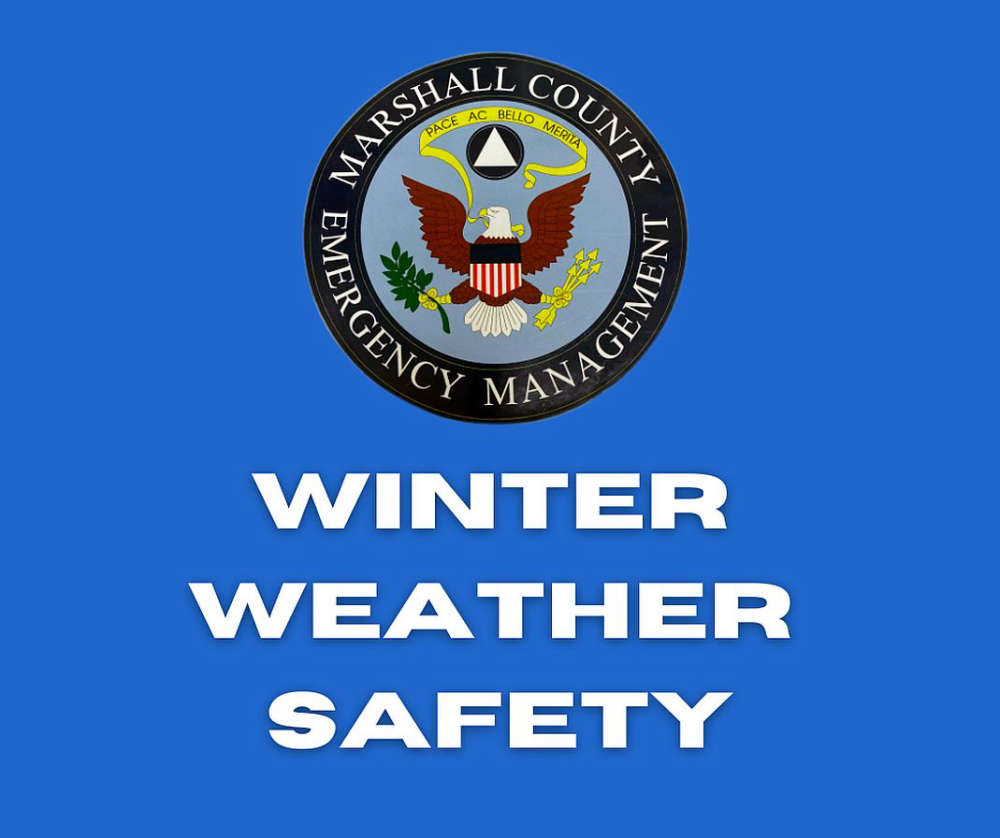
In a release, Marshall County Emergency Management Agency Director Jack Garner said, “After a warm and dry fall, this winter has a chance to sneak up on Marshall County and catch us off guard. In fact, there’s a chance for flurries later this week!”
He is providing a few reminders and tips to keep county residents safe this winter!
1. Have a Way to Receive Alerts
Extreme winter weather events can take you by surprise. Having a method of receiving alerts is critical to ensuring your safety. Marshall County EMA highly encourages local residents to download the Marshall County App, which is available for Apple and Android devices. Once in the app, you can toggle on push notifications from the National Weather Service, EMA, and others. County app users will be notified when an advisory, watch, or warning is issued.
2. Know Your Terms
Winter weather messaging can be confusing. There are several products the National Weather Service issues to alert us of incoming hazardous weather.
The most frequently-issued products include a Winter Weather Advisory, Winter Storm Watch, and Winter Storm Warning. An Advisory is issued for lower-level winter events. A Watch is issued in advance of a more significant winter event. A Warning is issued when confidence is high that a significant winter event will occur/is occurring.
Following the winter storm model, the National Weather Service also issues Cold Weather Advisories, Extreme Cold Watches, and Extreme Cold Warnings. New this winter… Wind Chill Advisory/Watch/Warnings will no longer be issued. The cold weather products will be issued based on temperature OR wind chill, and no wind threshold will be. Wind or no wind, cold is cold!
Know the difference between different levels of travel advisories! A basic Travel Advisory means that hazardous situations may restrict routine travel or activities. It urges people to use caution when navigating the roads. A Travel Watch means that conditions are threatening the safety of the public. Only essential travel is recommended during a Travel Watch.
A Travel Warning, also known as a “travel ban,” is issued when travel is restricted to emergency workers only. Do not endanger yourself, your neighbors, or first responders; stay off the roads during a Travel Warning!
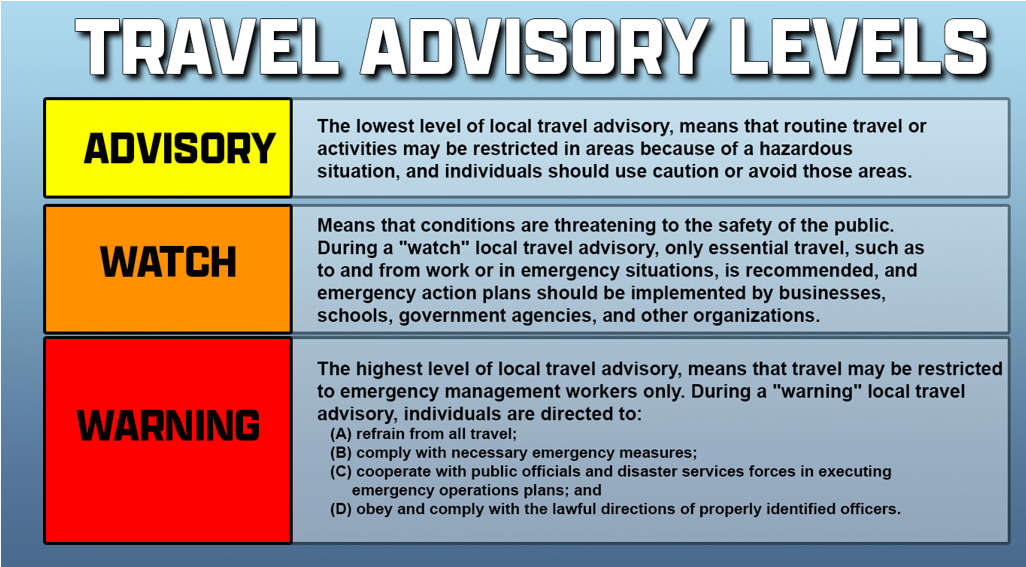
3. Prepare Yourself for Freezing Temperatures
When temperatures and wind chills drop, dress appropriately by wearing multiple layers and covering as much skin as possible. Frostbite, hypothermia, and overexertion can cause medical emergencies and even death. Know the symptoms and be vigilant.
Consider placing additional items in your car for winter travel, including spare clothes, an ice scraper, food and water, a flashlight, jumper cables, and other materials needed if your vehicle gets stranded for an extended period. Try to keep your gas tank full throughout the winter. Sand and kitty litter can be used to gain traction to get you back on the road if you slide off.
In your house, use insulation caulking and weather stripping to keep cold air out and save on energy bills. Insulate pipes, open cabinet doors, and let faucets drip slowly to keep pipes from freezing during extreme cold snaps. Bring pets inside during extreme cold or ensure they have a warm shelter outdoors.
EMA Director Jack Garner wishes everyone a safe and happy winter.


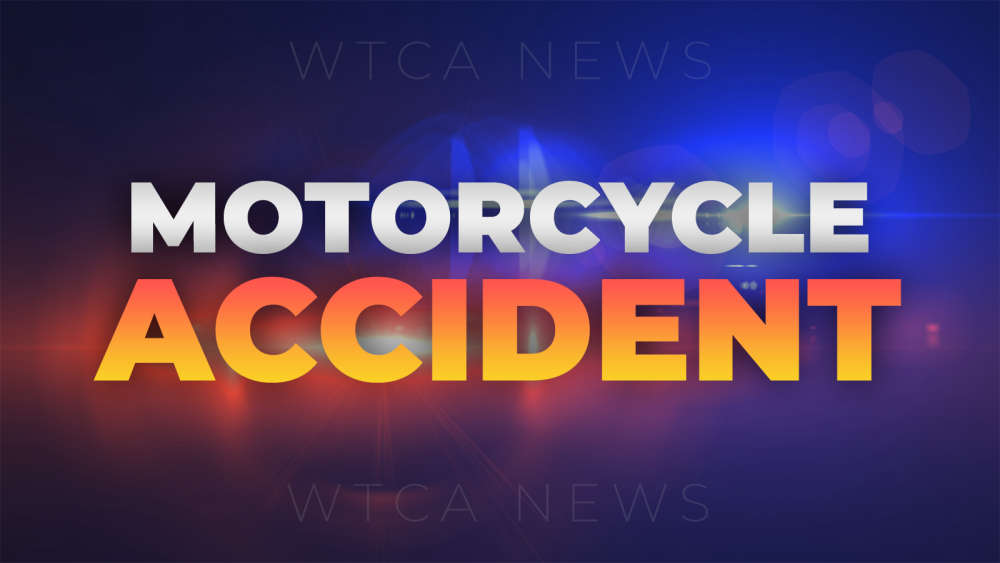 Walkerton motorcyclist collides with tractor, airlifted from scene
Walkerton motorcyclist collides with tractor, airlifted from scene
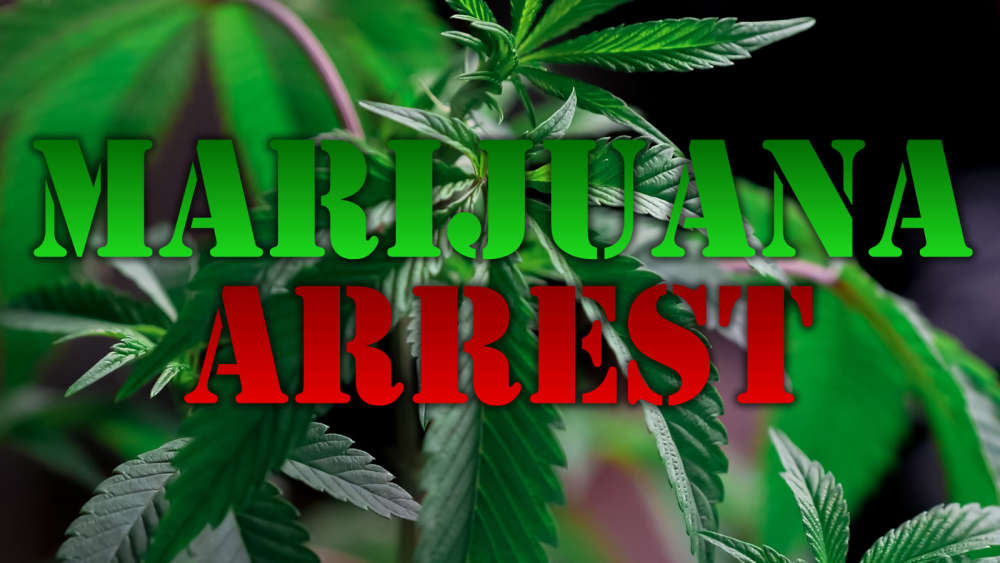 Houghton arrested for marijuana
Houghton arrested for marijuana
 Elkhart man arrested for drugs, OWI & possession
Elkhart man arrested for drugs, OWI & possession
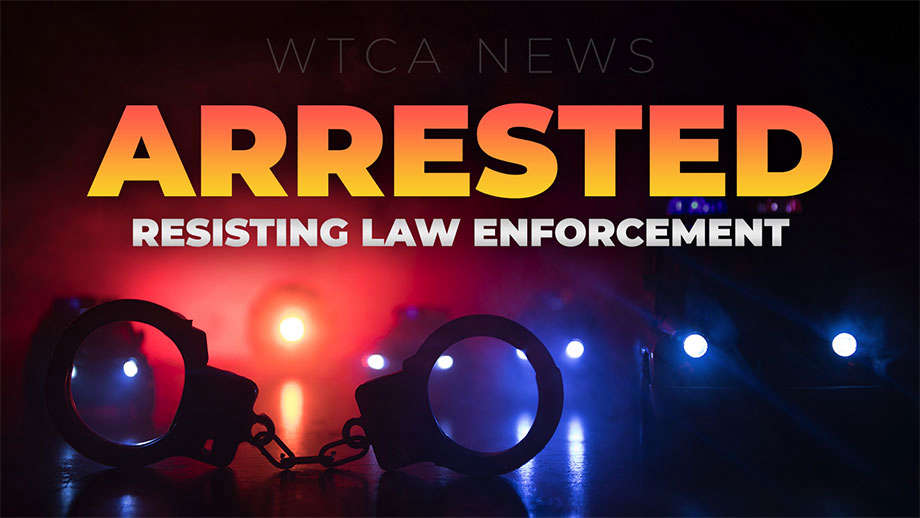 Plymouth K9 assists in arrest of Timothy Taylor for resisting
Plymouth K9 assists in arrest of Timothy Taylor for resisting
 Young, Colleagues encourage Trump Administration to fill Sudan Special Envoy Position as Civil War Continues
Young, Colleagues encourage Trump Administration to fill Sudan Special Envoy Position as Civil War Continues
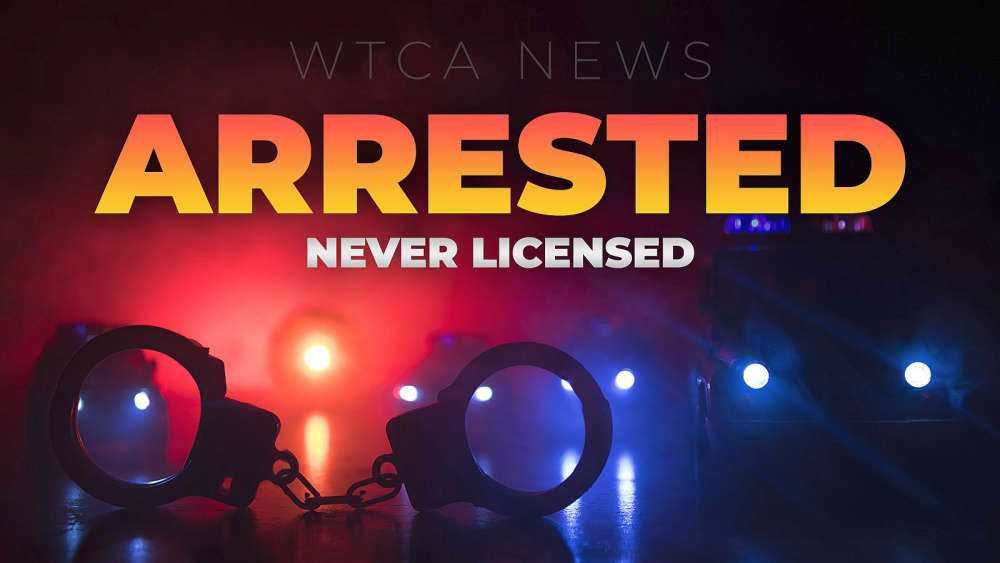 Elkhart man arrested by city police for driving without a license
Elkhart man arrested by city police for driving without a license
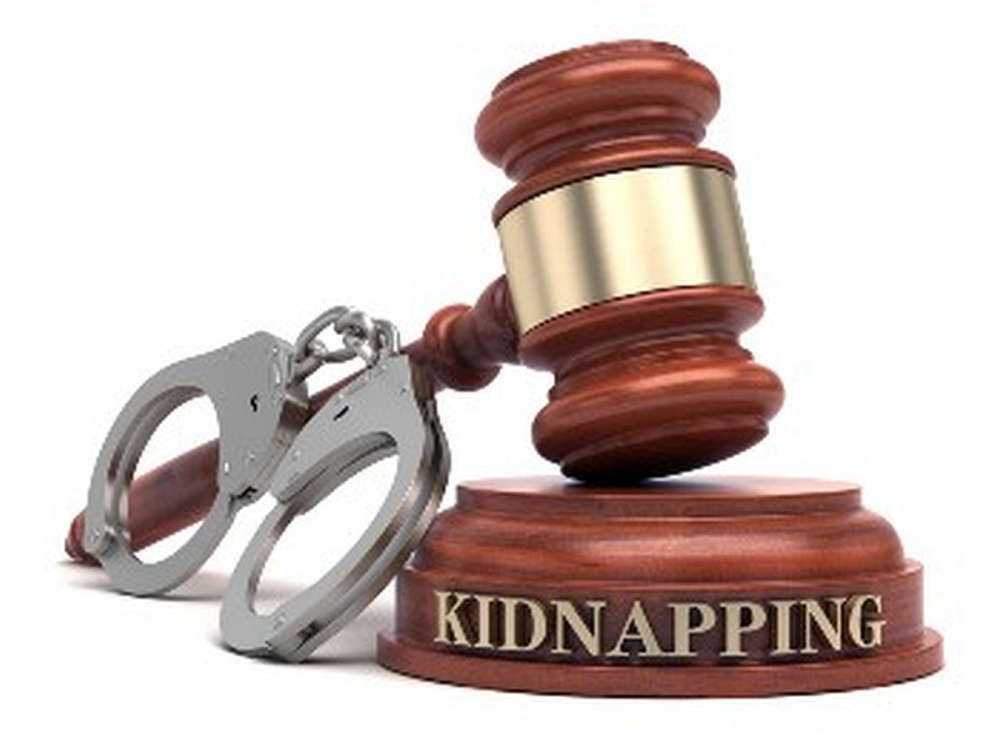 Booker arrested for felony kidnapping
Booker arrested for felony kidnapping
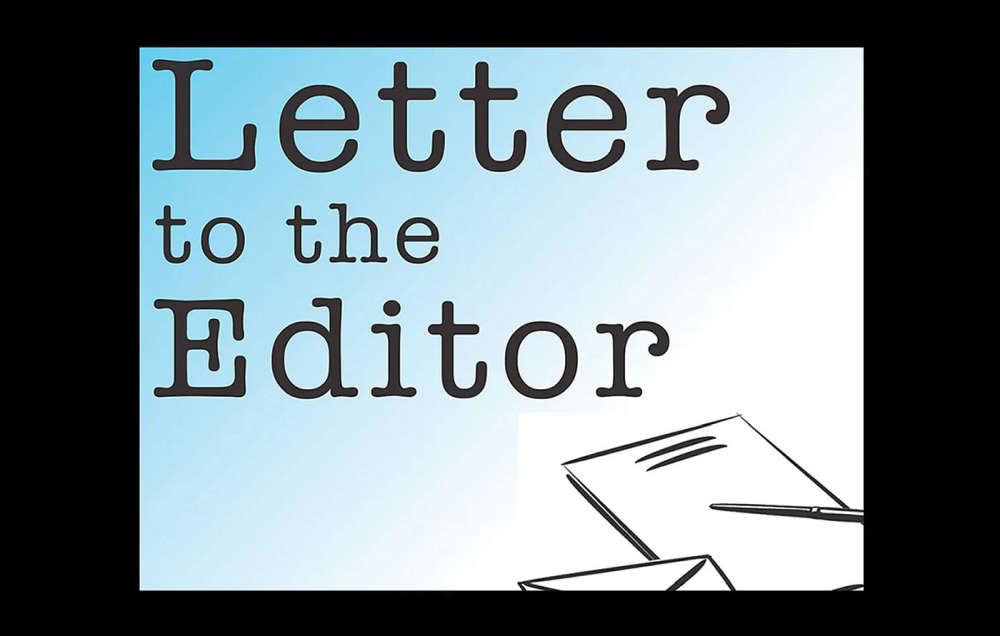 Michelle Livinghouses' Letter to the Editor on Adult Protective Service
Michelle Livinghouses' Letter to the Editor on Adult Protective Service




